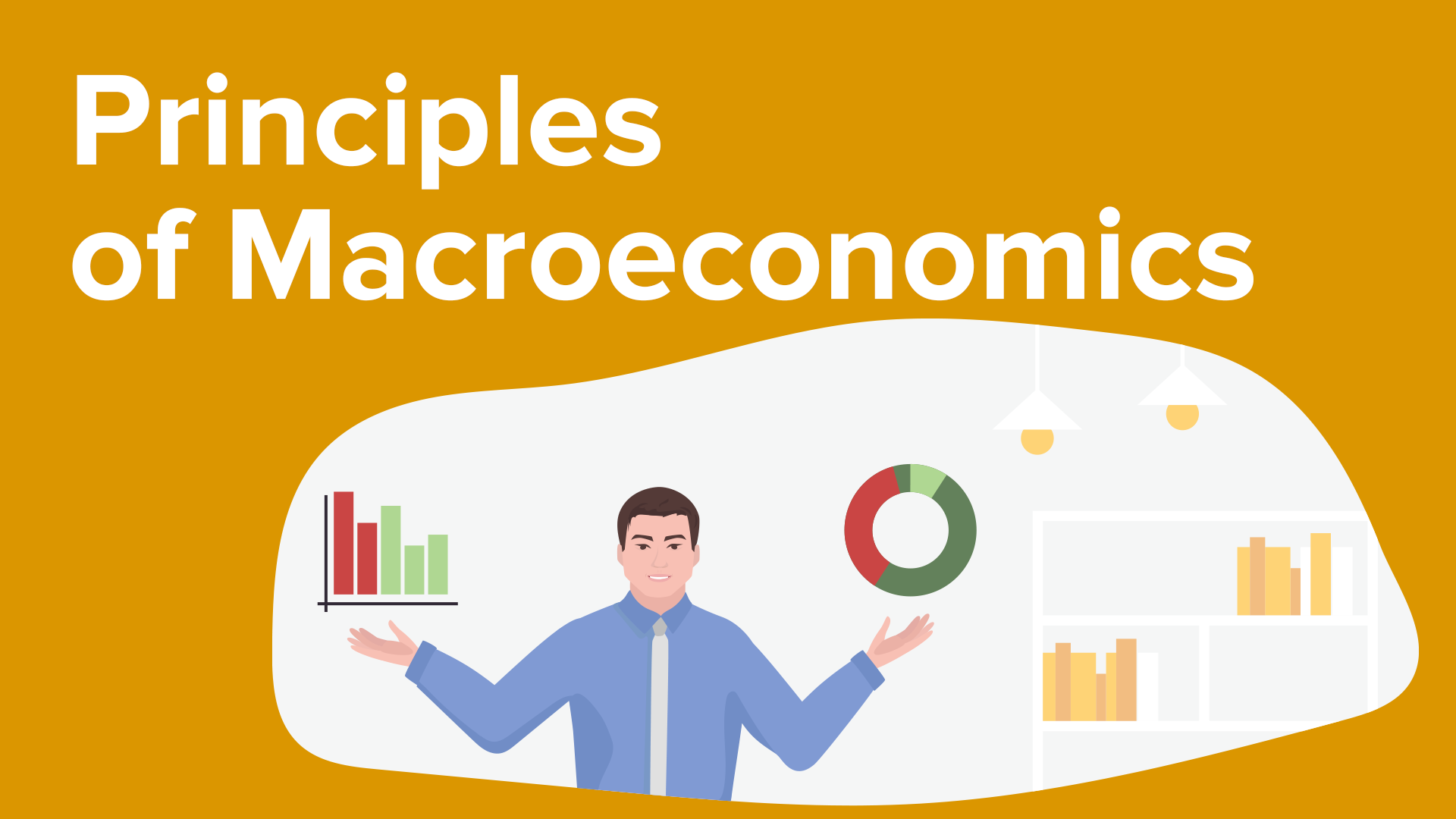Learning Objectives
This course aims at inculcating an understanding:
(i) key macroeconomic variables with a sound understanding of aggregate economic accounts and definitions.
(ii) the differences between real and nominal variables, how GDP is measured and its limited applicability to welfare.
(iii) equilibrium under different assumptions on aggregate demand and supply.
(iv) the relation between wages, prices, unemployment under different models
(v) the concept of open economy and how it determines the balance of payments, types of exchange rates.
Learning Outcomes
By studying this course, the students will be able to:
(i) understand the basic principles of and definitions of national income accounting and determination of GDP
(ii) understand basics of consumption function and different hypotheses regarding aggregate consumption behavior. ·
(iii) derive wage setting, price setting relations and labour market equilibrium. ·
(iv) learn about the key determinants of economic growth through the lens of the solow/neoclassical growth model and the difference between growth through capital accumulation and technological progress
(v) identify key macroeconomic indicators and measures of economic change, growth, and development.
(vi) apply economic theories and concepts to contemporary social issues, as well as formulation and analysis of policy.
(vii) apply basic international trade and finance concepts to global pricing issues, including working with exchange rates
Unit I: National Income and Production [10 hours]
Macroeconomic questions. National Income Accounts: circular flow, production income and expenditure. Limitations of GDP; real and nominal. Productivity and Incomes, Inequality of incomes and productivity and measurement. Aggregate production function and its representation. Determinants of technology.
Unit II: Economic Growth and Development [5 hours]
Growth and its patterns and its determinants. History of economic growth. Growth, inequality and poverty. Solow Growth Model.
Unit III: Macroeconomic Equilibrium [15 hours]
Measuring
employment and unemployment. Labor market equilibrium and
unemployment structural & cyclical. Natural rate of
unemployment.
Credit markets, interest rates and supply and
demand curves for credit and equilibrium. Banks & financial
intermediation. Functions of banks.
Monetary system: money,
types and money supply. Quantity theory of money. Inflation: causes,
consequences, social costs and benefits. Central bank functions and
objectives of monetary policy. Bank reserves and demand, supply of
federal funds.
Unit IV: Fluctuations and Policy Interventions [15 hours]
Economic
fluctuations and business cycles. Sources of fluctuations,
multipliers, equilibrium in the short and the medium
run.
Countercyclical monetary policy: controlling repo rate and
other tools. Countercyclical fiscal policy: expenditure based,
taxation based and others.
Essential Readings:-
Macroeconomics, Daron Acemoglu, David Laibson, John List, Peerson 2023.
Additional Readings
Core Econ Team, The Economy 1.0 and The Economy 2.0, www.core-econ.org
Case, K.E., Fair, R.C., Sharon O., Principles of Economics, Pearson

- Teacher: Dr. Sultan Singh